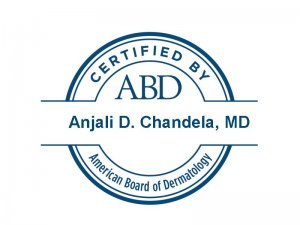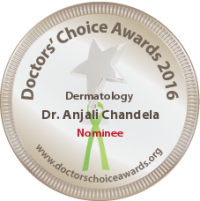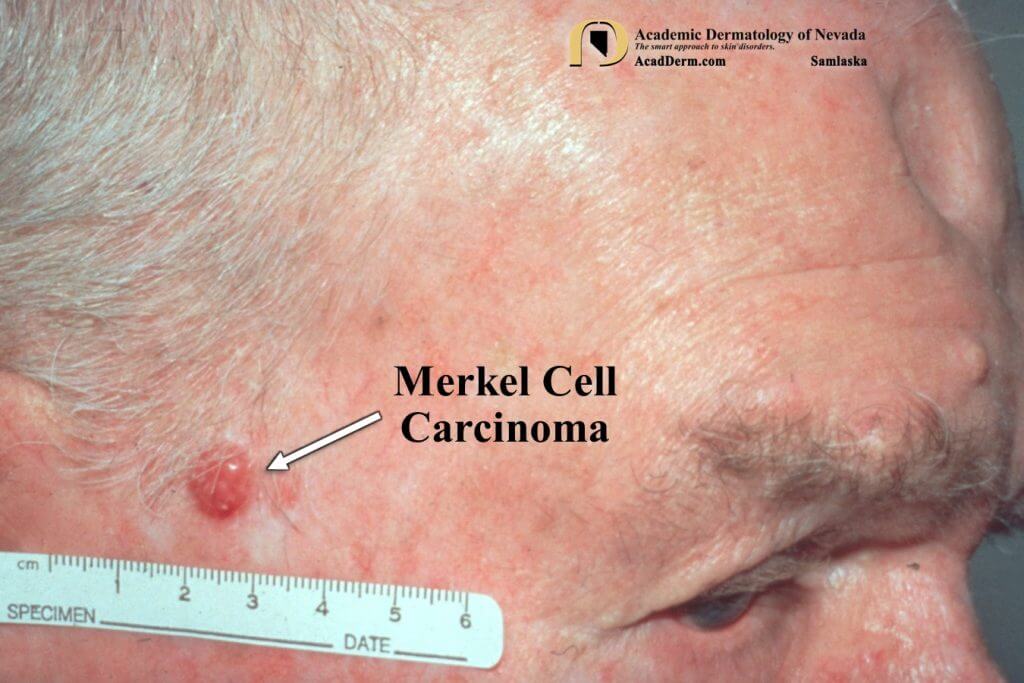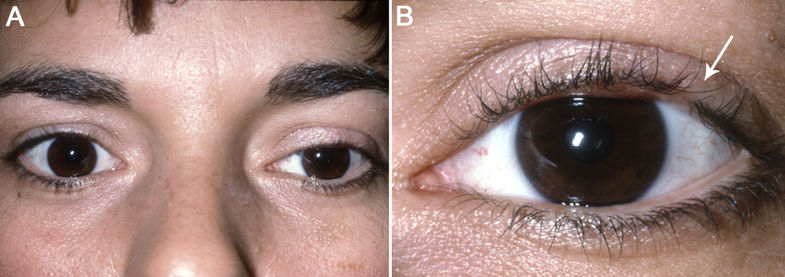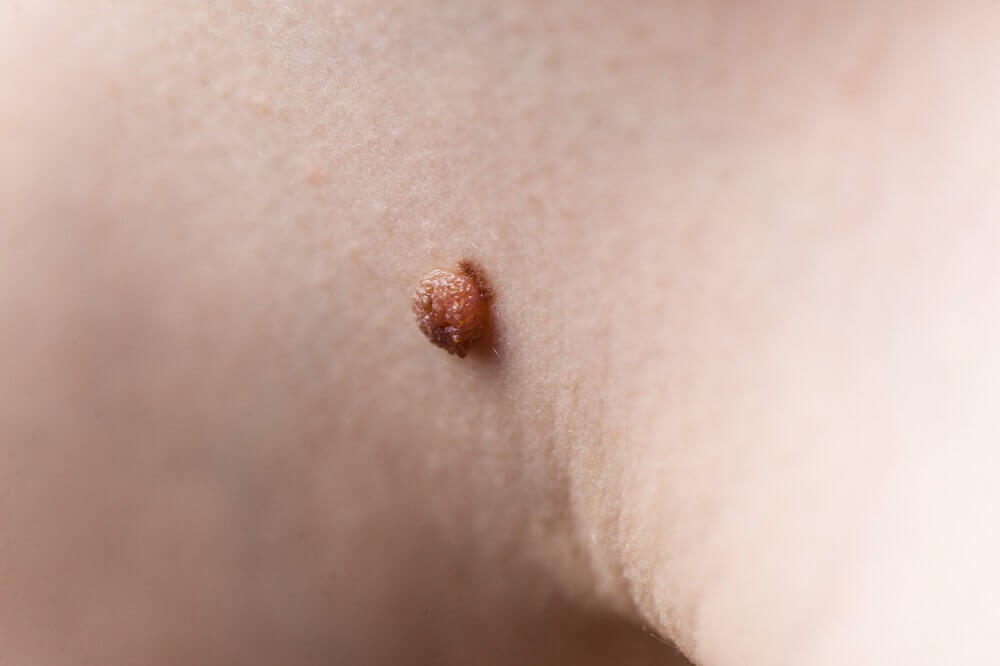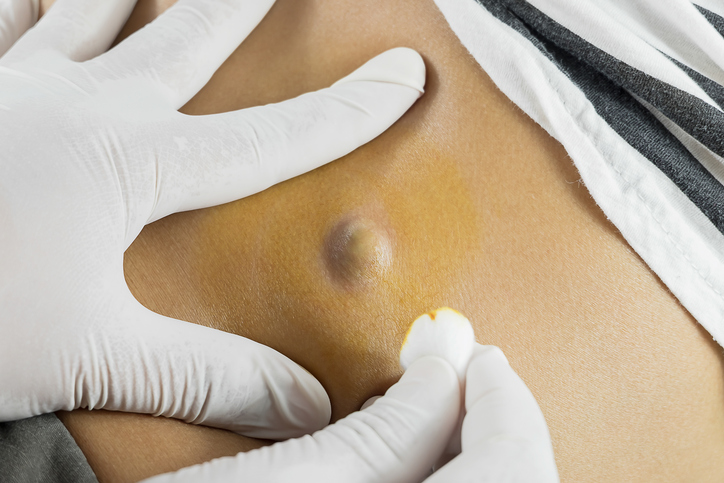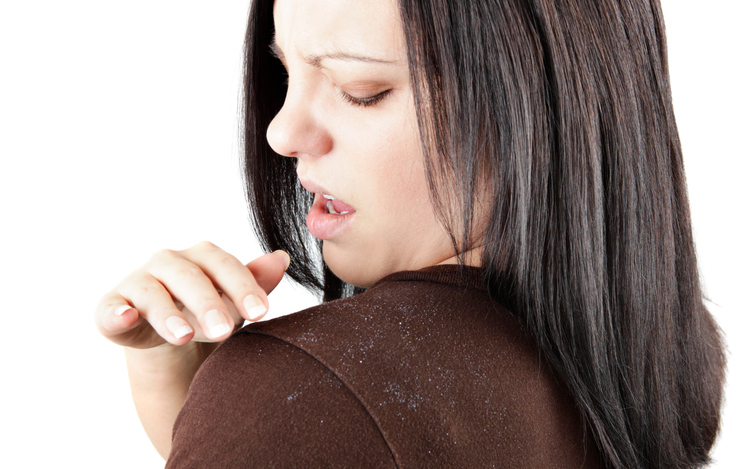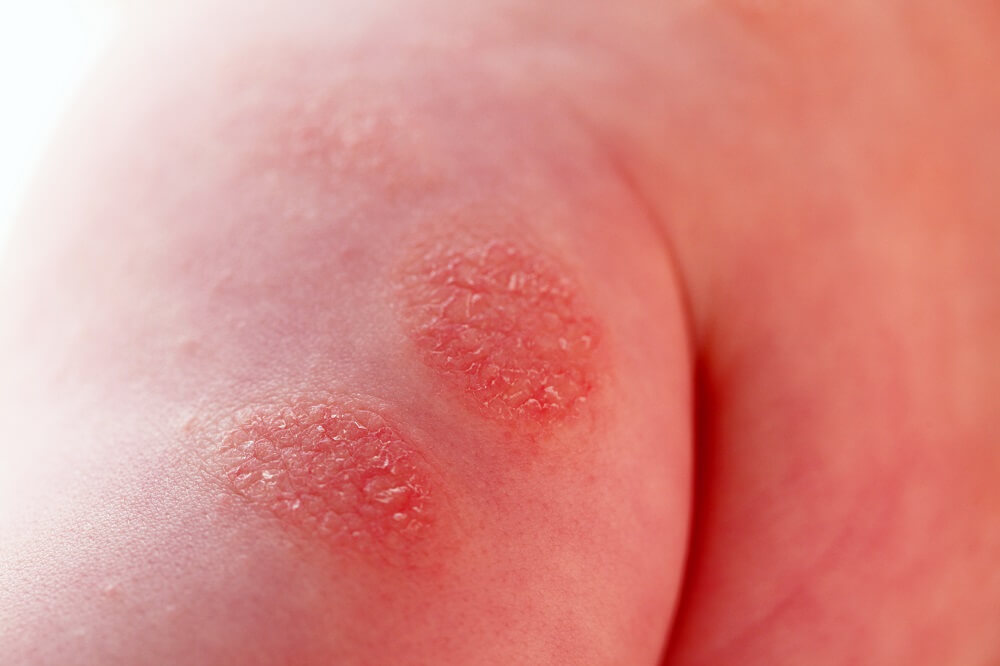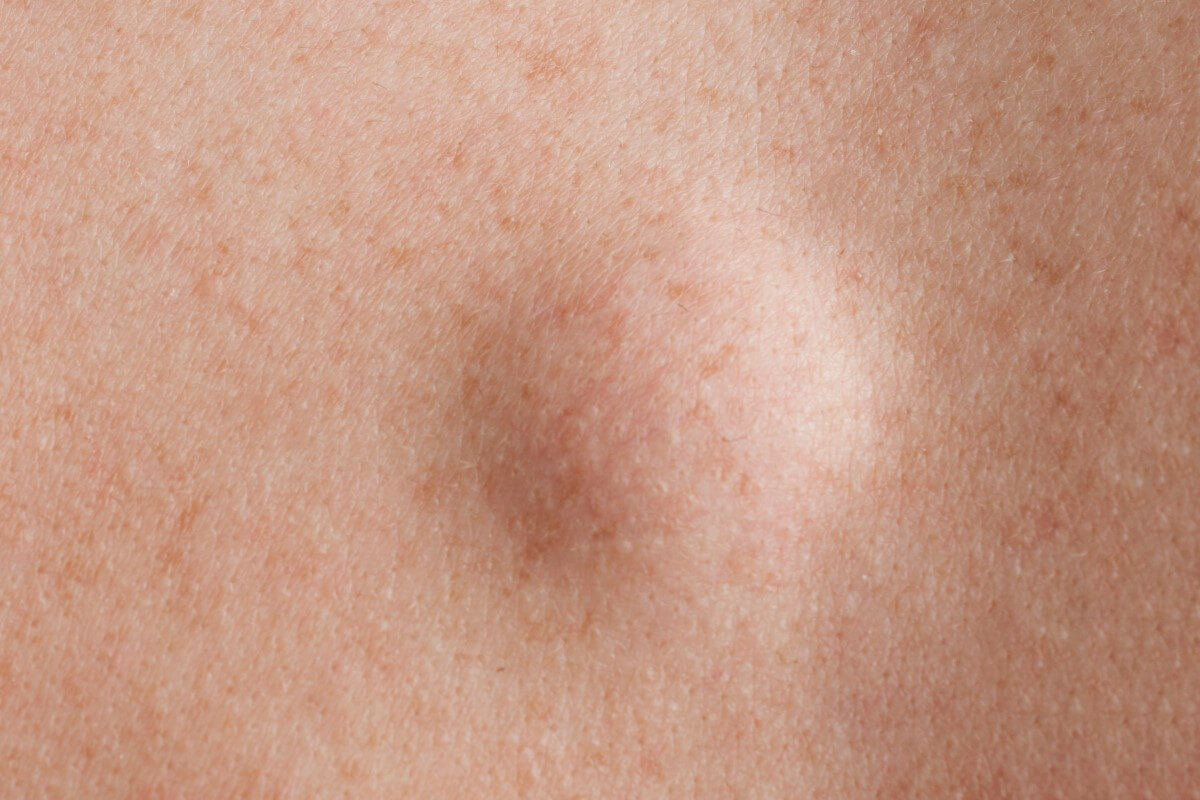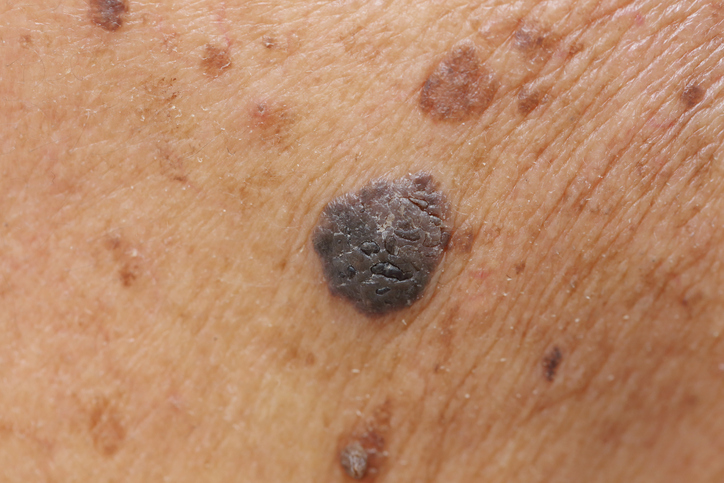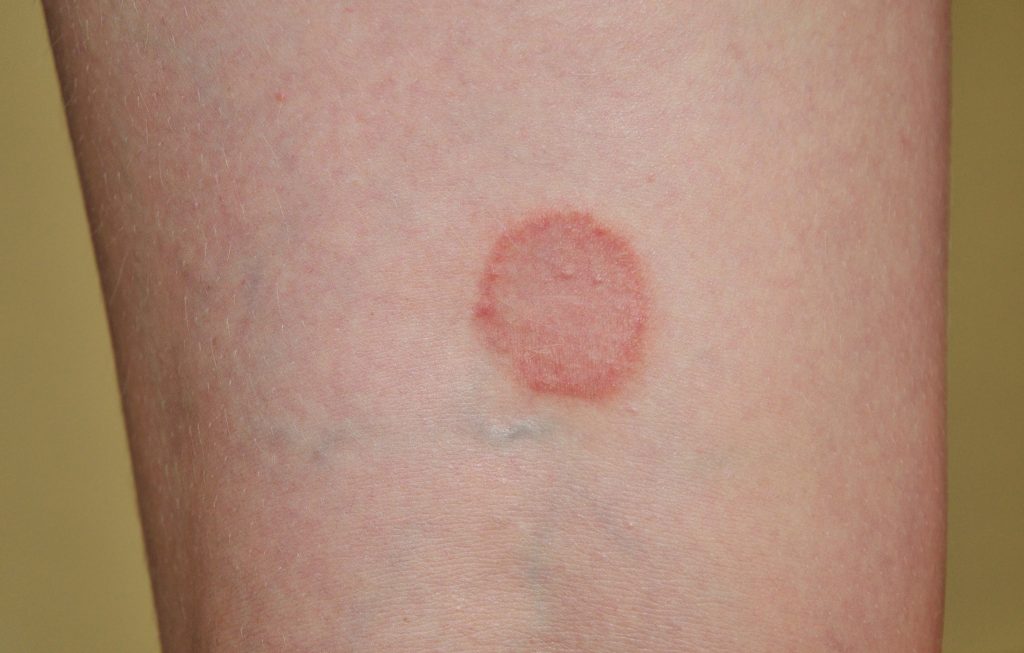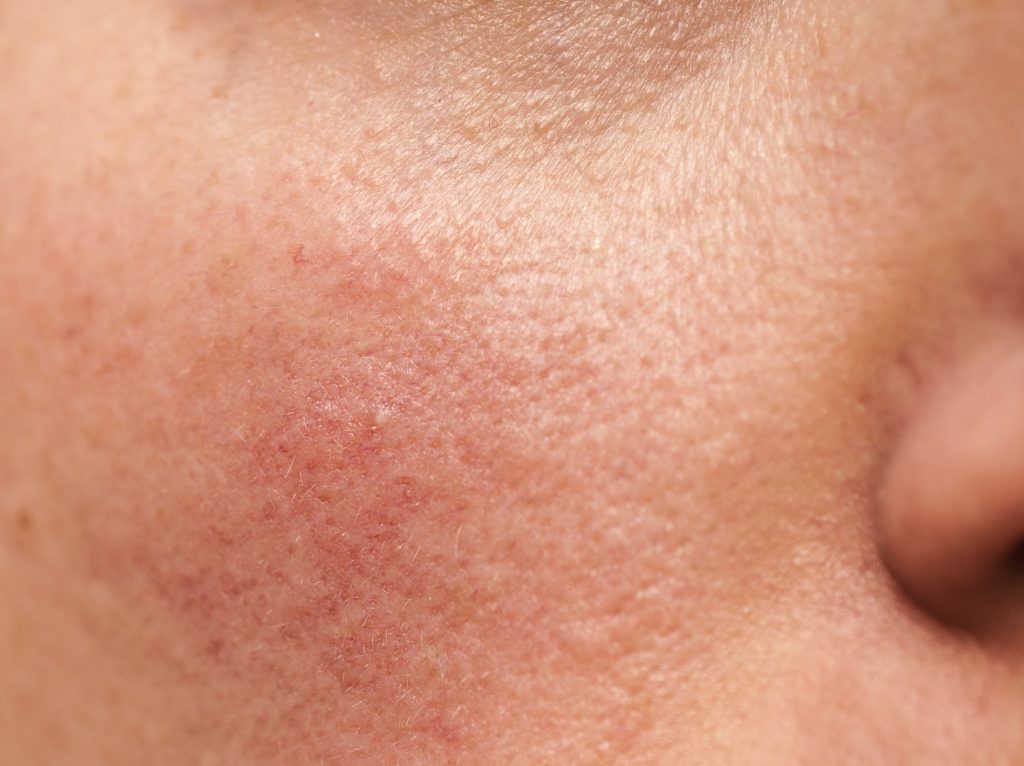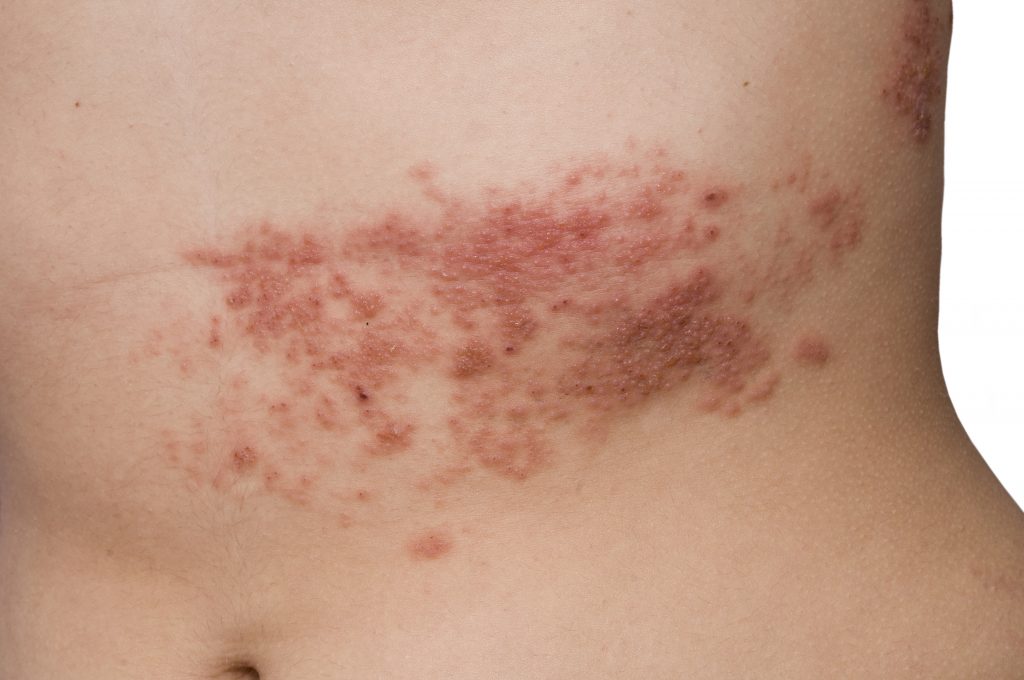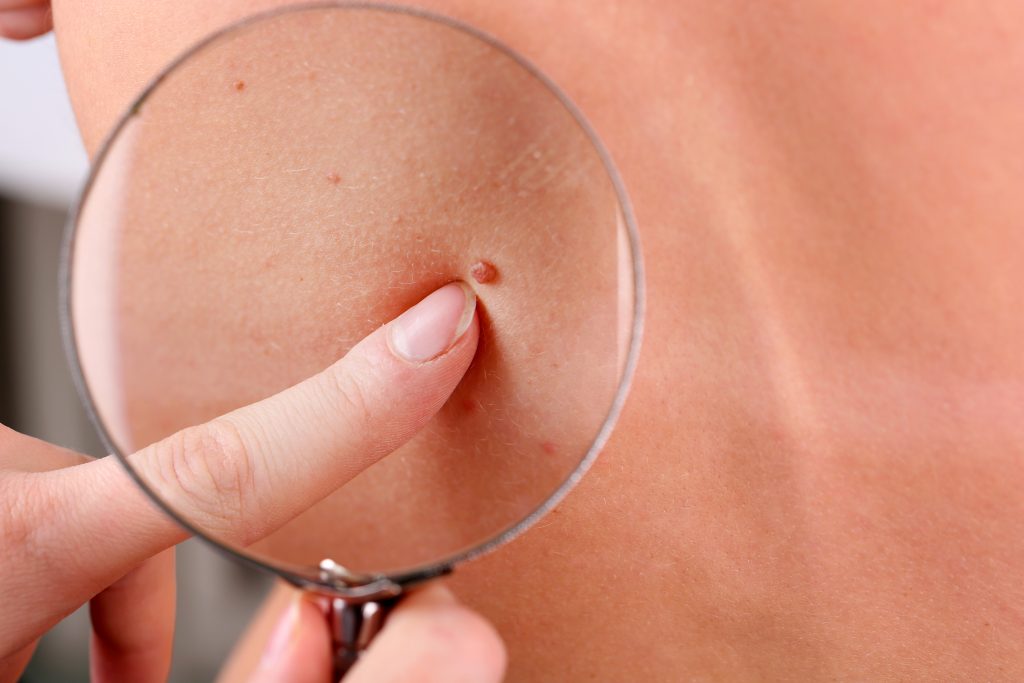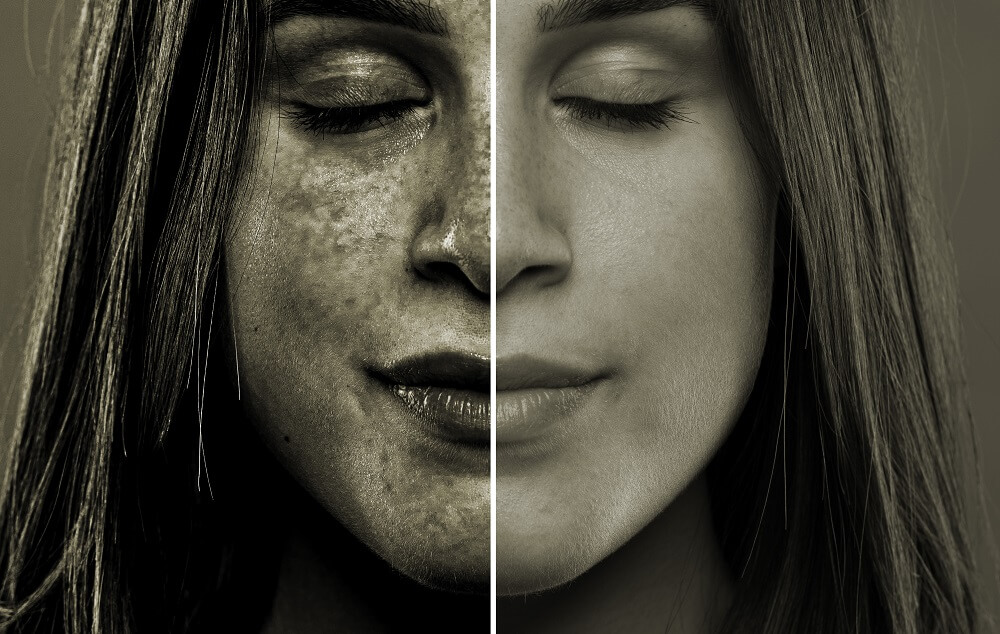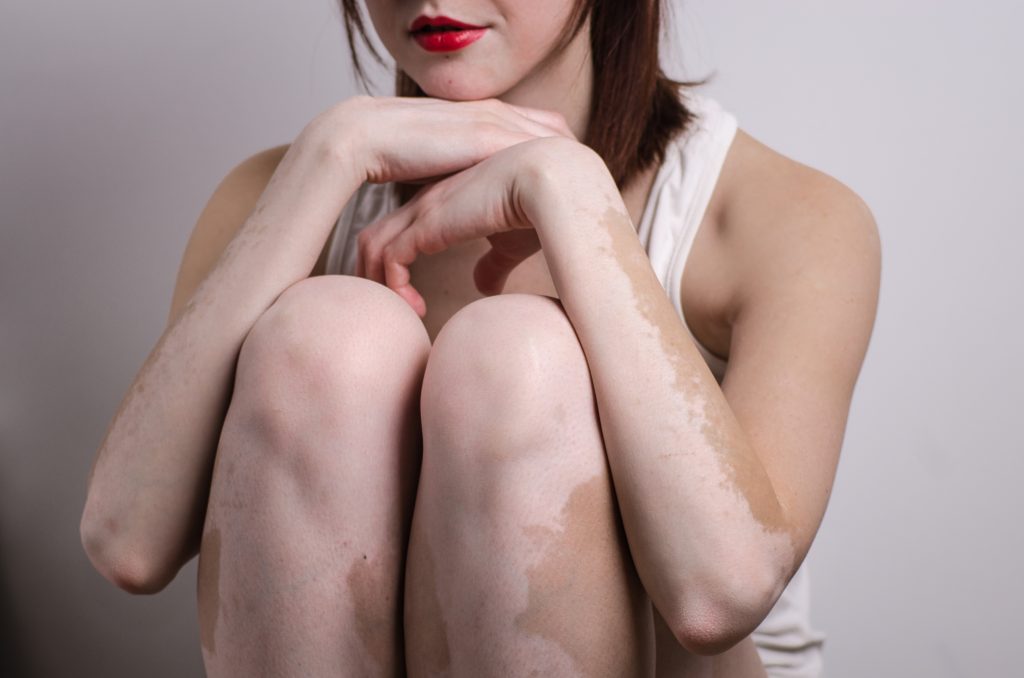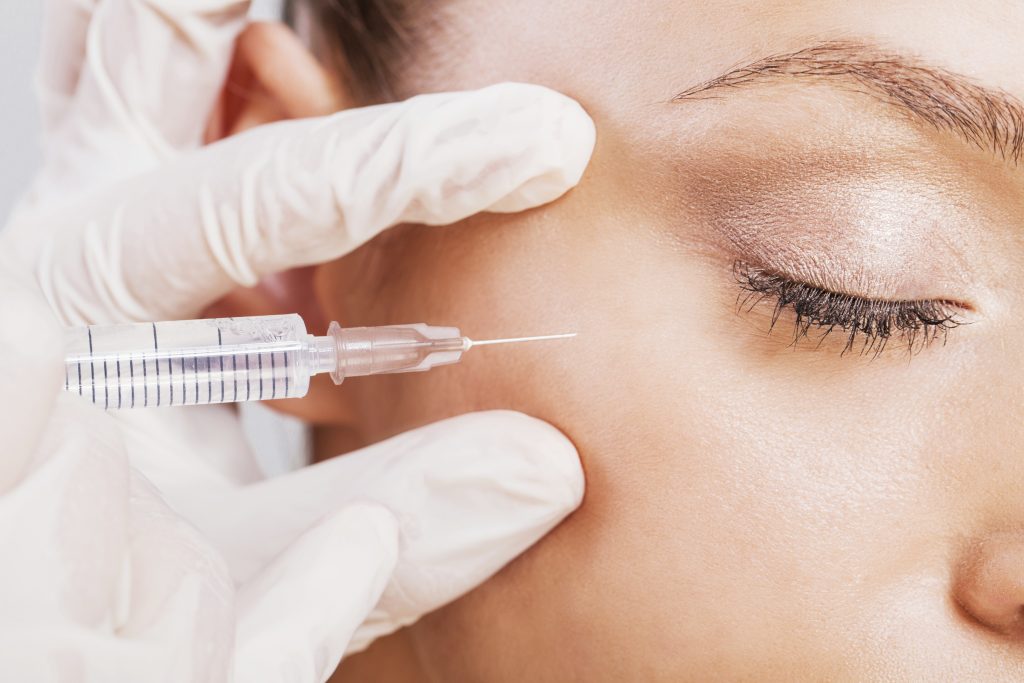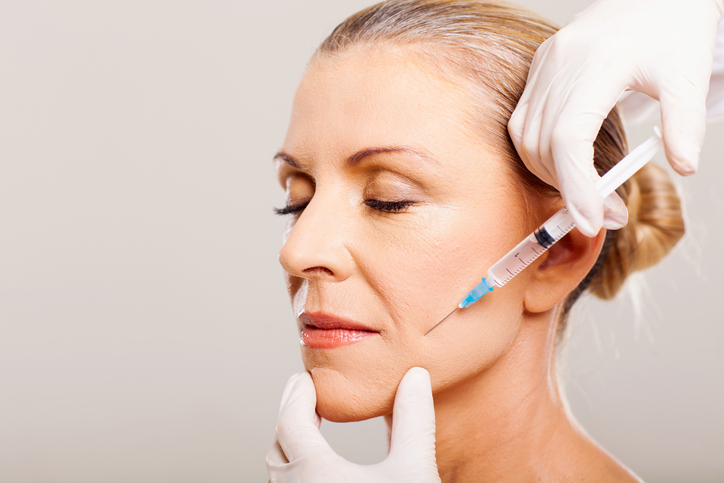Dr. Anjali Chandela earned her degree in molecular biology from the esteemed Princeton University, from which she graduated with highest honors. She earned both an MD and PhD degree from Washington University School of Medicine in St. Louis before completing a dermatology residency at Cornell Medical College/NY Presbyterian Hospital in New York. From 2006 to 2010, Dr. Chandela served as Assistant Professor of Dermatology at Cornell Medical School.
A member of the American Academy of Dermatology, she is especially interested in cosmetic dermatology, women’s dermatologic issues, psoriasis, eczema, acne, skin cancer and rosacea.
Dr. Chandela practices at our Sterling office.
Specialties and Affiliations
- American Board of Dermatology
- American Academy of Dermatology
Badges and Awards
Featured Blogs
- U.S. Dermatology Partners Recognized as 2025 Top Doctors by Northern Virginia Magazine
- U.S. Dermatology Partners is Recognized in Castle Connolly Top Doctors 2024
- U.S. Dermatology Partners is Recognized in Northern Virginia Magazine Top Doctors 2024
- Why You Should Consider Visiting an African American Dermatologist
- U.S. Dermatology Partners Welcomes Dermatology Associates of Northern Virginia


